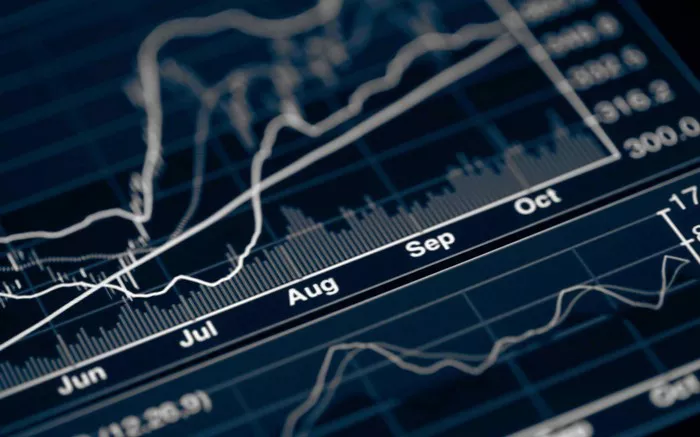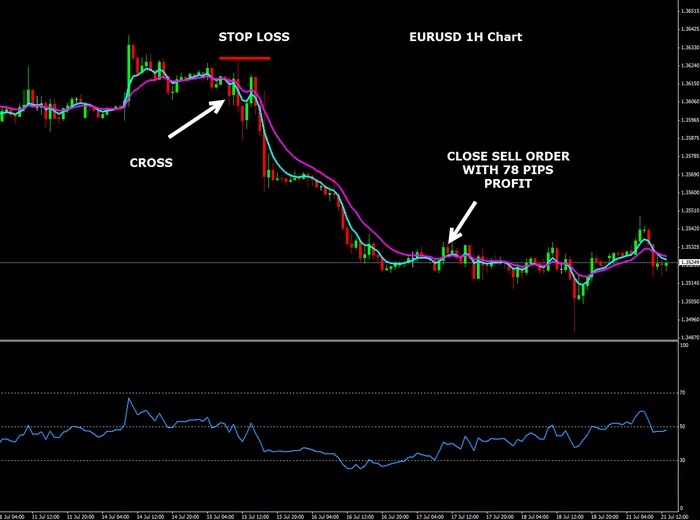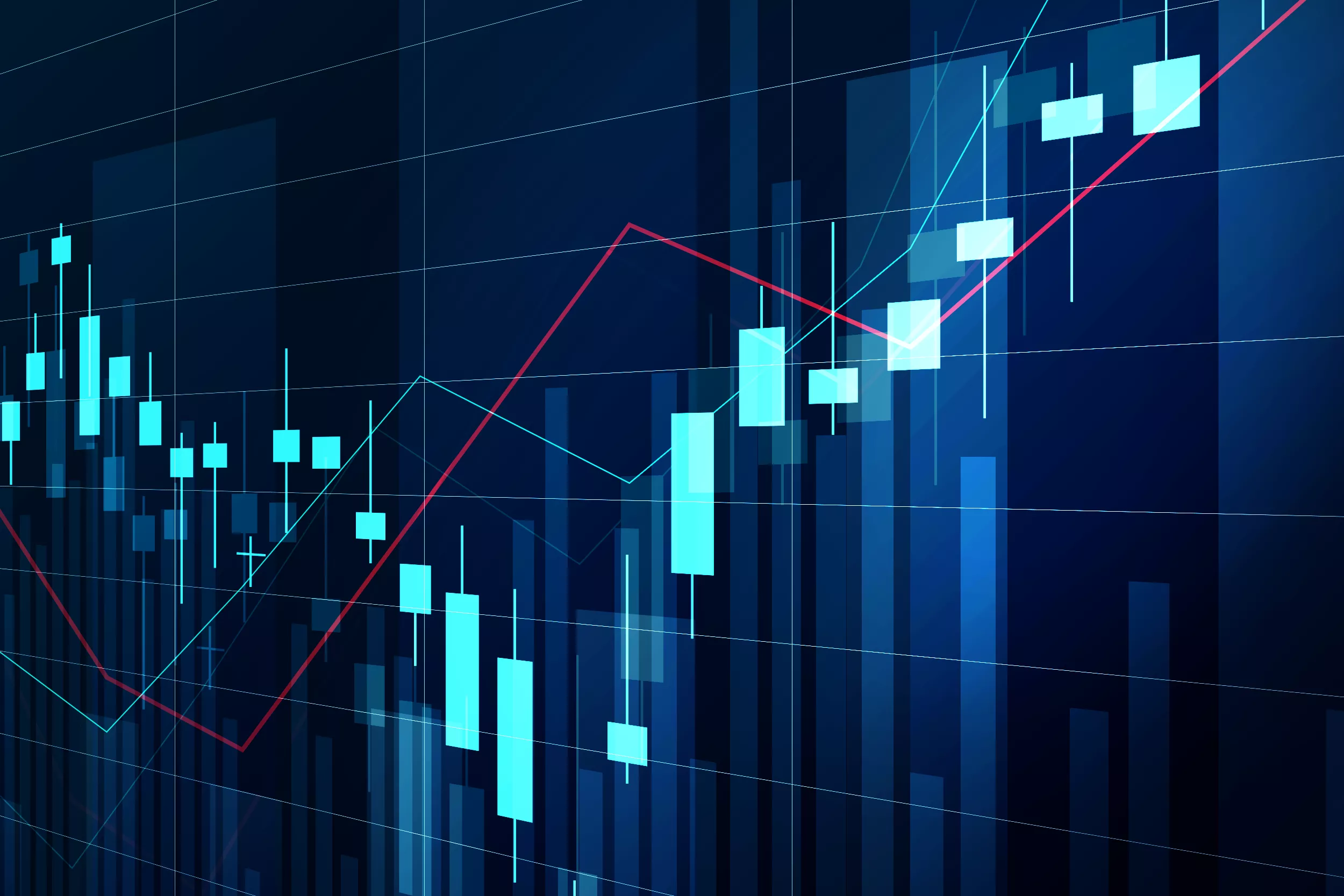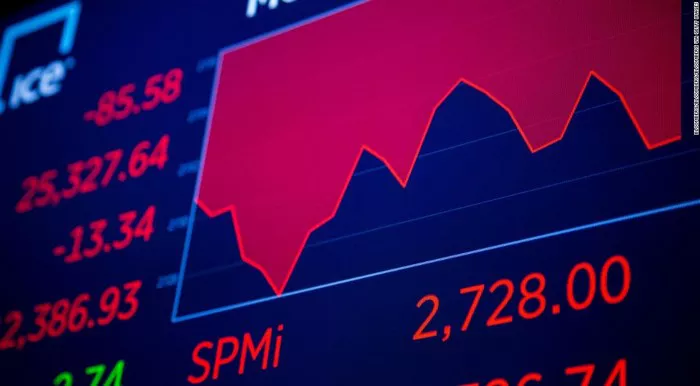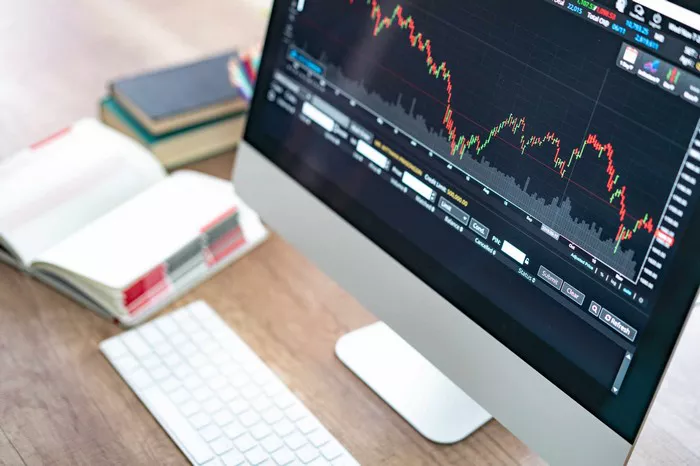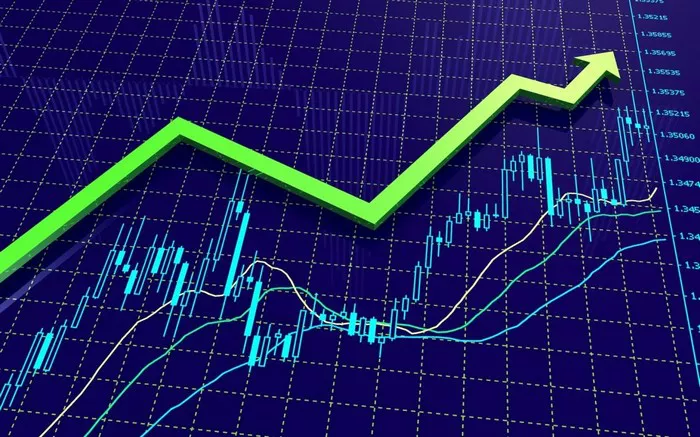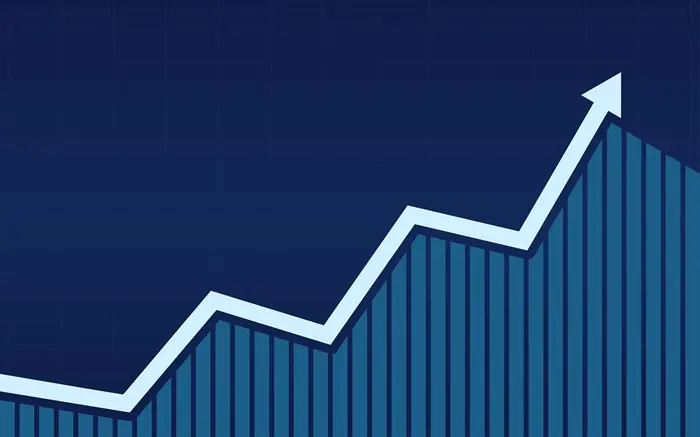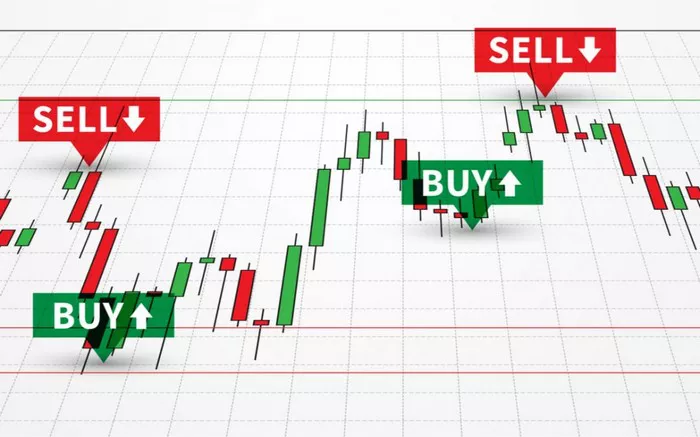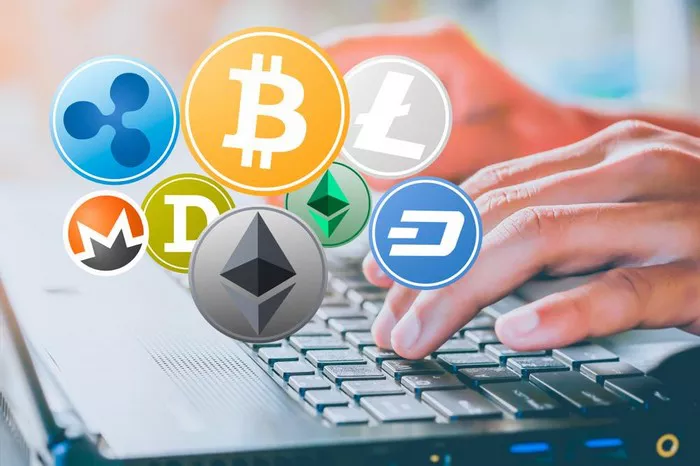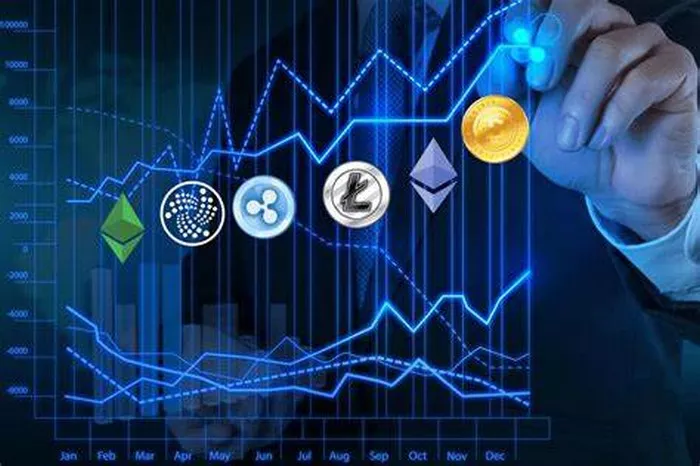Gold has long been considered one of the most reliable assets for wealth preservation. It is widely recognized as a store of value and often used as a hedge against inflation, currency devaluation, and global uncertainty. Investors, traders, and individuals alike are interested in knowing how much gold is worth in U.S. Dollars (USD) at any given time.
This article will explore the factors influencing the price of gold in USD, how the gold market works, and how gold prices fluctuate. We will also provide an overview of how to track gold prices in real-time and discuss the advantages and disadvantages of investing in gold.
Understanding the Price of Gold in USD
The price of gold is typically quoted in terms of U.S. Dollars per ounce. This price is determined by various factors that influence the supply and demand for gold. It is essential to understand the key components that impact the cost of gold in USD.
1. Gold as a Global Commodity
Gold is traded globally, and its price is not fixed by any government or central bank. Instead, it is influenced by the interaction of supply and demand in the global market. Major gold exchanges, such as the London Bullion Market Association (LBMA) and the New York Mercantile Exchange (NYMEX), play significant roles in determining the price of gold.
2. The Role of the U.S. Dollar
The price of gold is often inversely related to the strength of the U.S. Dollar. When the value of the USD falls, gold tends to rise, as investors seek gold as a safe-haven asset. Conversely, when the U.S. Dollar strengthens, gold prices can experience downward pressure.
3. Spot Price vs. Futures Price
The spot price of gold refers to the current market price at which gold can be bought or sold for immediate delivery. On the other hand, the futures price is the price at which gold is contracted to be delivered at a future date. Futures contracts are often used by investors and traders to hedge against price fluctuations.
Factors Affecting the Price of Gold in USD
Several economic and geopolitical factors influence the price of gold in USD. Understanding these factors can help investors make informed decisions about when to buy or sell gold.
1. Economic Indicators
Economic data, such as GDP growth, inflation rates, unemployment figures, and interest rates, can significantly affect the price of gold. For example, during times of economic uncertainty or inflation, gold is often seen as a safe-haven investment, causing its price to rise.
Inflation: When inflation rises, the purchasing power of paper currencies, such as the USD, declines. As a result, investors turn to gold as a hedge against inflation, which drives up its price.
Interest Rates: Gold does not generate income like stocks or bonds. Therefore, when interest rates rise, gold becomes less attractive compared to interest-bearing assets, and its price may fall. Conversely, when interest rates are low, gold becomes more appealing, causing prices to rise.
2. Geopolitical Tensions and Crises
Gold is often referred to as a “safe-haven” asset because it retains its value during periods of geopolitical instability. For instance, during financial crises, wars, or political turmoil, investors tend to flock to gold as a protective measure, which increases demand and drives up the price.
3. Central Bank Policies
Central banks, including the U.S. Federal Reserve, play a significant role in influencing the price of gold. When central banks pursue policies such as low interest rates, quantitative easing (increasing the money supply), or currency devaluation, they can contribute to a rise in gold prices.
Additionally, central banks themselves are large buyers of gold. The actions of central banks in acquiring or selling gold can affect the overall supply and demand for the precious metal.
4. Supply and Demand
Gold prices are also impacted by the physical supply and demand for the metal. Mining output, as well as the amount of gold held in reserves by central banks, can influence the overall market. If there is a supply shortage, the price of gold can increase. On the demand side, industries such as jewelry, electronics, and technology also contribute to the consumption of gold.
Mining Output: Gold mining is a complex process, and new gold discoveries have become rarer. As the supply of gold from mining decreases, its price tends to rise.
Jewelry and Industrial Demand: Gold is widely used in jewelry and electronics, creating an ongoing demand for the metal. A rise in consumer demand from countries like India and China can push prices higher.
5. Market Speculation
Speculators in the gold market—who trade in futures contracts or gold-related financial products—can influence gold prices in the short term. If large numbers of investors believe that the price of gold will increase due to certain economic conditions, they may purchase gold contracts, which drives up the price.
How to Track the Current Price of Gold in USD
The price of gold is constantly changing, and there are several ways to track the current value of gold in USD. Some of the most reliable sources for real-time gold prices include:
1. Gold Price Websites
There are numerous websites dedicated to providing the most up-to-date gold prices. Some popular websites include:
Kitco: A global leader in precious metals information, offering live gold prices and news.
GoldPrice.org: Provides real-time gold price charts and other relevant gold market data.
MarketWatch: A financial news website that provides the latest price of gold in USD.
2. Gold Exchange Platforms
Major gold exchange platforms, such as the LBMA and COMEX, provide daily updates on the spot price of gold. These platforms are used by professionals and traders to track market activity.
3. Financial News Outlets
Financial news outlets, such as Bloomberg, Reuters, and CNBC, regularly report on gold prices and market trends. These sources often provide insights into the factors driving gold price movements.
4. Gold ETFs
Exchange-traded funds (ETFs), such as SPDR Gold Shares (GLD), provide a way for investors to track the price of gold without directly owning the metal. These funds are traded on stock exchanges and reflect changes in the price of gold.
Advantages of Investing in Gold
Gold has long been regarded as a valuable asset for both individual and institutional investors. Here are some of the advantages of investing in gold:
1. Hedge Against Inflation
Gold has been used for centuries as a hedge against inflation. During periods of high inflation, the value of fiat currencies tends to decline, but gold maintains its purchasing power.
2. Diversification
Including gold in a portfolio helps diversify investment holdings. Since gold often moves independently of stocks and bonds, it can reduce overall portfolio risk.
3. Safe-Haven Asset
Gold is widely considered a safe-haven investment, especially in times of political or economic instability. Investors flock to gold during market downturns or geopolitical crises, which increases its demand and price.
4. Liquidity
Gold is a highly liquid asset. It can be easily bought and sold through various channels, including gold exchanges, dealers, and banks.
Disadvantages of Investing in Gold
Despite its advantages, investing in gold also comes with certain risks and disadvantages:
1. No Income Generation
Unlike stocks or bonds, gold does not generate income, such as dividends or interest payments. Investors in gold are primarily looking for price appreciation rather than a steady income stream.
2. Price Volatility
While gold is generally seen as a stable investment, its price can still be volatile in the short term. Market fluctuations, geopolitical tensions, and economic factors can lead to sudden price swings.
3. Storage and Insurance Costs
Investing in physical gold requires secure storage, which can be costly. Additionally, insurance for gold holdings adds to the overall expenses of owning the metal.
Conclusion
The price of gold in USD is influenced by a variety of factors, including economic conditions, geopolitical events, supply and demand dynamics, and market speculation. Gold is often used as a store of value, a hedge against inflation, and a safe-haven asset during times of uncertainty.
As of today, tracking the price of gold can be done through several reliable platforms, including gold price websites, exchange platforms, and financial news outlets. While investing in gold offers many advantages, such as diversification and wealth preservation, it also comes with some risks, such as price volatility and the lack of income generation.
By understanding the factors that influence gold prices and regularly monitoring the market, investors can make informed decisions about when and how to invest in this precious metal.
Related topics:

